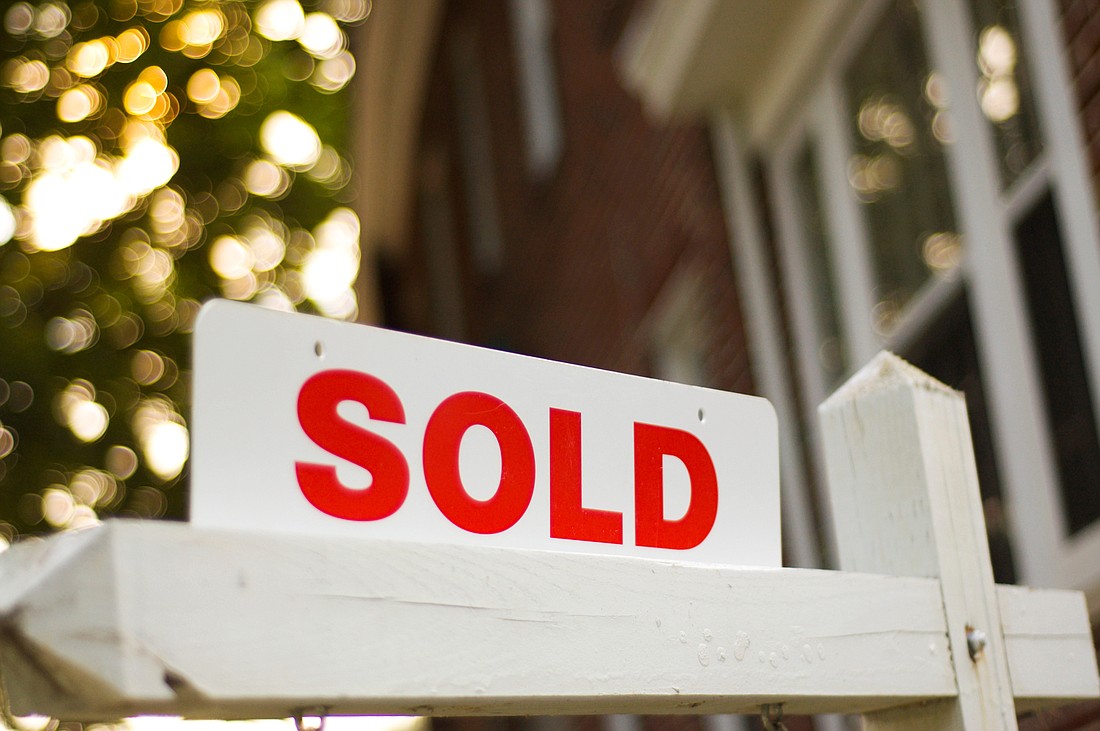Understanding the disparity between purchasing power and median home prices in many Florida markets is essential for realtors aiming to effectively assist buyers by exploring alternative solutions.
ORLANDO, Fla. – One of the most crucial questions prospective homebuyers need to address is their monthly affordability. This figure determines their “purchasing power,” or the amount of house that monthly payments can secure. This, in turn, sets their budget range when collaborating with a Realtor® to find a home that balances practicality and price.
Traditionally, income and debt levels have been the primary determinants of purchasing power. However, in recent years, interest rates have become a significant, uncontrollable factor affecting this equation. Compounding this issue is the rise in median home prices, which has left many potential buyers struggling to afford a home within their budget.
To illustrate the impact of reduced purchasing power, consider this scenario: with a $2,000 monthly budget and a 5% down payment, a buyer in 2018 could afford a single-family home priced up to $413,000. The average median sale price that year was $253,000, providing ample room for a buyer to comfortably afford a median-priced home. Although the buffer narrowed slightly in 2021 due to rising home prices, historically low interest rates helped maintain balance.
However, once higher interest rates took effect in mid-2022, the median sale price for the year surpassed what a $2,000 monthly budget could cover. This does not account for additional costs such as HOA fees, property taxes, and insurance, which have also seen significant increases. The situation worsened in 2023 and into 2024, with persistently high prices and elevated interest rates pushing many buyers’ affordability below the median home cost.
Source: Florida Realtors, Freddie Mac 30-Year Fixed Rate Mortgage Average. Estimated purchasing power with a $2,000 monthly budget and 5% down payment. 2024 figures are up to June 2024.
The disconnect between affordability and home prices has led to two primary consequences:
- Decline in Transactions: The overall number of transactions has decreased as fewer buyers can afford current prices due to higher monthly costs driven by elevated interest rates. While the number of closed sales continues to decline, it has not completely halted, leading to a second impact.
- Shift in Buyer Demographics: Those who can purchase homes in the current market are typically existing homeowners, individuals relocating from other areas, and cash buyers. This shift excludes many first-time buyers, younger local buyers, and those relying on mortgages from the buyer pool.
Over the past two years, the number of closed sales for single-family homes, condos, and townhomes has declined due to fewer buyers and higher loan costs for significant purchases. The current interest rate environment is expected to persist at least through the end of the year. While some economists anticipate one or two interest rate cuts, this is unlikely to provide substantial relief as the market has already factored in these adjustments into long-term rates.
Recognizing the challenges many buyers face in today’s market can help realtors identify alternative solutions for those determined to purchase a home despite significant obstacles.

